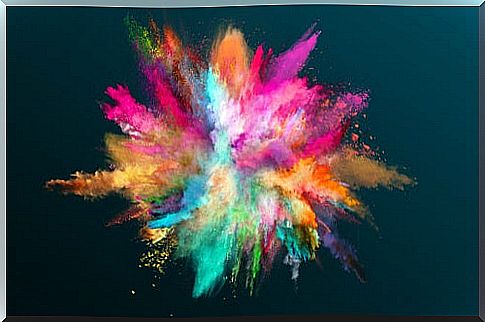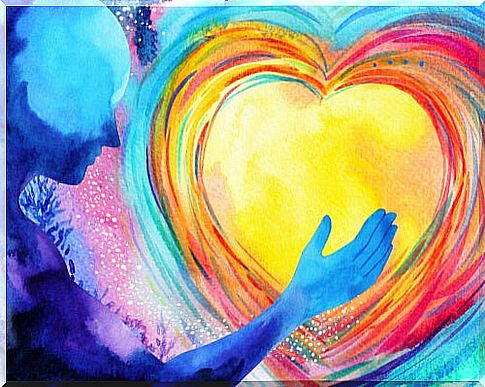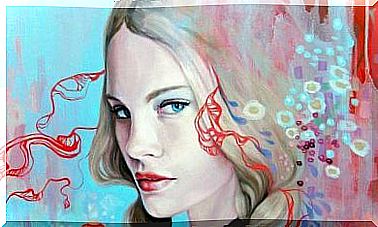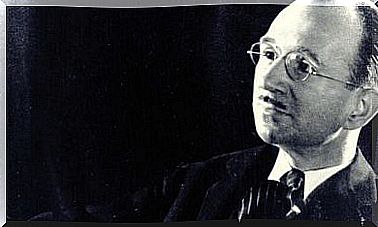Color And Personality: How Are They Related?

Although a large number of people think that colors are not related to feelings, opinions or behaviors, there are a few others who firmly believe in the relationship between color and personality. In fact, surely few people choose a color that they dislike to dress or paint their living room.
Without going any further, almost all people claim to have one or more favorite colors. Now, if asked for the reason for this preference, very few would be able to explain it. Therefore, it seems that there is something inherent in the individual that maintains an idiosyncratic link with preferences for one color or another. The field of study of the psychology of color is responsible for deepening this.

Color and personality: interindividual differences
Each person perceives colors differently and gives them different meanings. Not only functional differences in the perceptual-sensory system can lead to differences in color perception – even more so if there are alterations such as color blindness – but the life history of each person tends to associate different emotional tones to each perceived color.
For this reason, trying to deduce common rules and observation rules that can be replicated between different people can be quite complex. This is further complicated by the following related facts:
- The same color has different versions -some colder, others warmer- that can elicit different types of emotional reactions in the person even if it is the same color.
- Sometimes there is a dissociation between values and preferences. A person can choose a certain color for one context, while preferring a different one for another situation. For example, the color black can be synonymous with class and elegance for some, while for others it is related to darkness and mourning.
Study of the relationship between color and personality
In most cases, the color of objects clearly influences people’s choice. However, there is not much scientific evidence to confirm this, since much of the conclusions of research studies are derived from circumstantial evidence.
Thus, although there is no solid scientific framework to validate the relationship between color and personality, there are some principles and phenomena that are globally accepted in the psychological field. For example, there is some consensus when it comes to stating that a person’s preference colors reflect, to some extent, their psychophysical and cognitive state.
On the other hand, some psychology professionals interested in this topic propose that, in general, it is not positive to avoid a color. On the contrary, they affirm that it is advisable to try to incorporate a little of each color, since this would indicate a greater psycho-affective balance.
Tell me your color and I will tell you your personality
Everything seems to indicate that most people tend to resort to choosing one color or another according to different aspects of their day to day, whether it is clothing, decoration or food, among other things. Therefore, it could be deduced that the regularities of the choice of the different colors are the reflection of regularities of the personality and that there lies the union between the two.
On the other hand, it has been hypothesized that the change from one preferred color to another may respond to the need to resort to the new color as an aid for the development of new qualities to face the circumstances that have changed.

Personality color and personal traits
Finally, we present some personality attributes that psychology, over the years, has associated with specific colors:
- Red. Suggests willpower, ambition, and energy.
- Blue. It delimits a tendency to maintain a fixed set of principles and values and the desire to live according to them.
- Amarillo. It could indicate a dreamy and perfectionist personality.
- Green. Suggests a strong preference for safety and recognition.
- Orange. It can indicate a constant desire to network and spend time with other people.
- Black. It is related to strength of will and independence.
- Brown. It suggests a taste for the simple life and for the formation of strong bonds of friendship.
- White. People with this type of personality seek simplicity, openness and purity.









